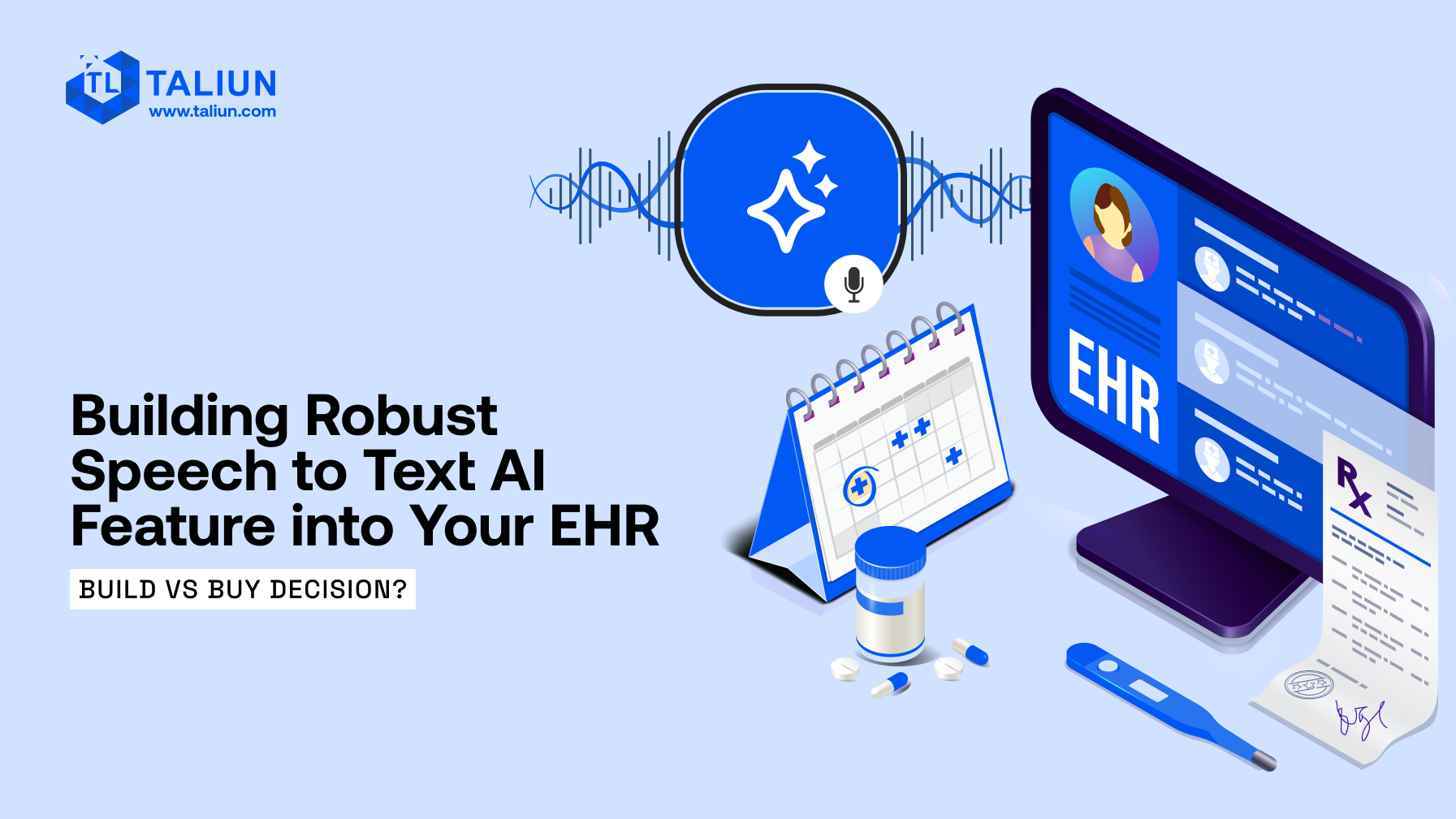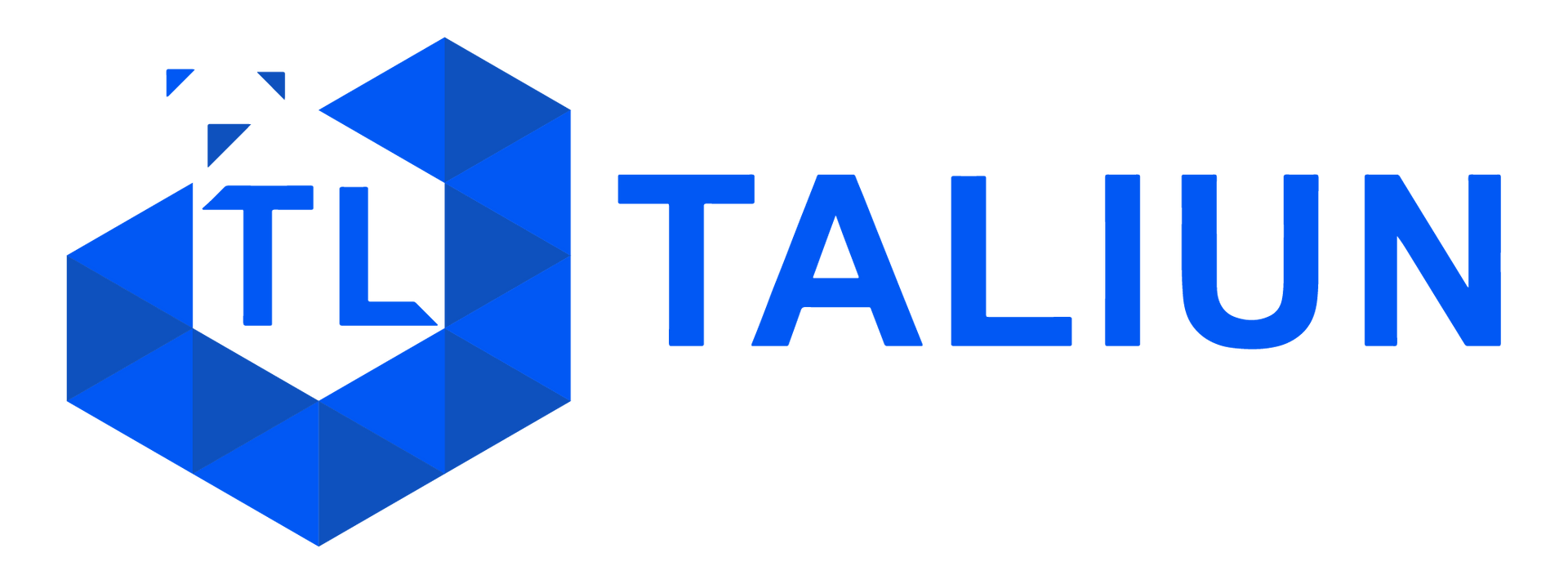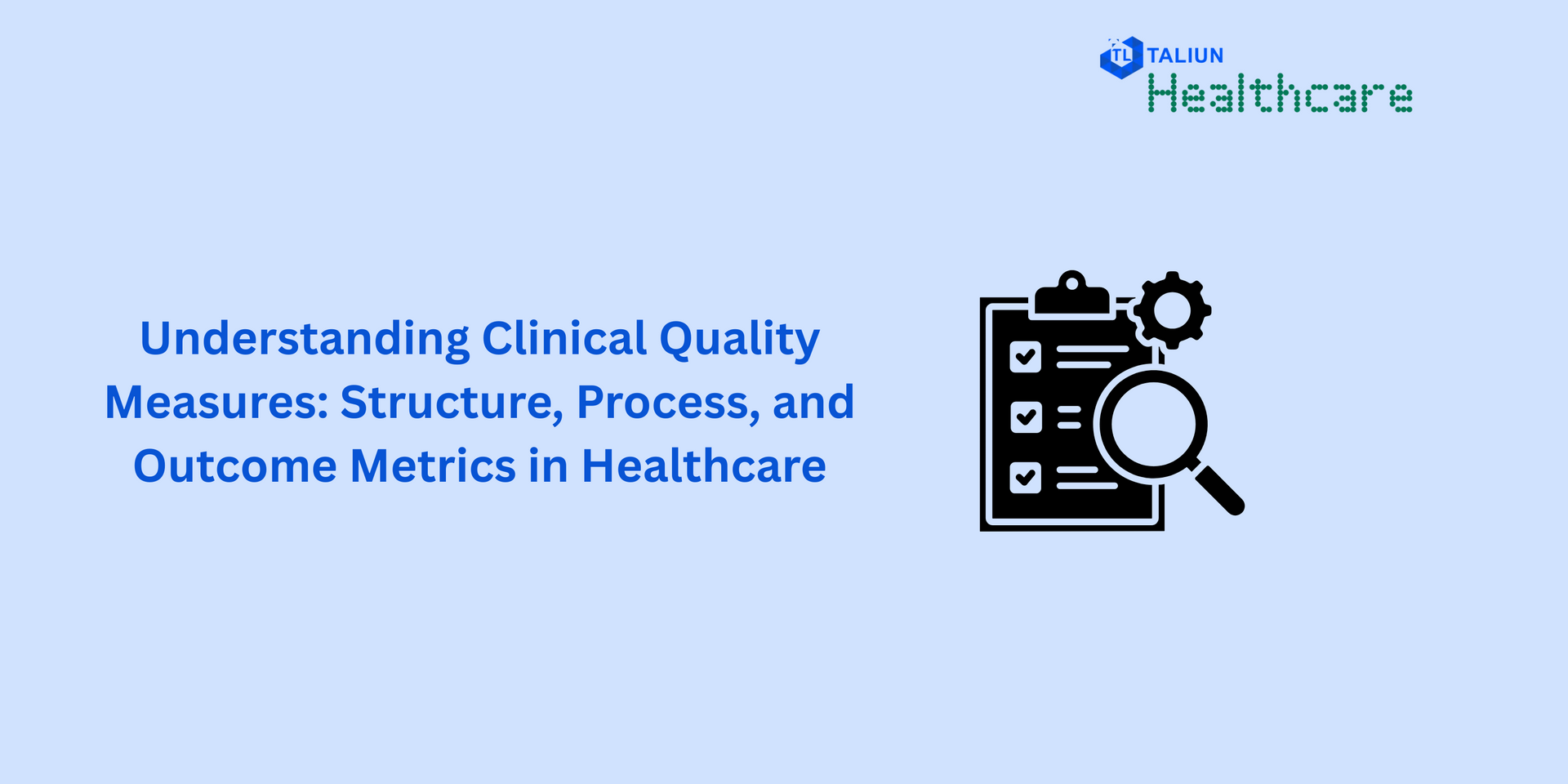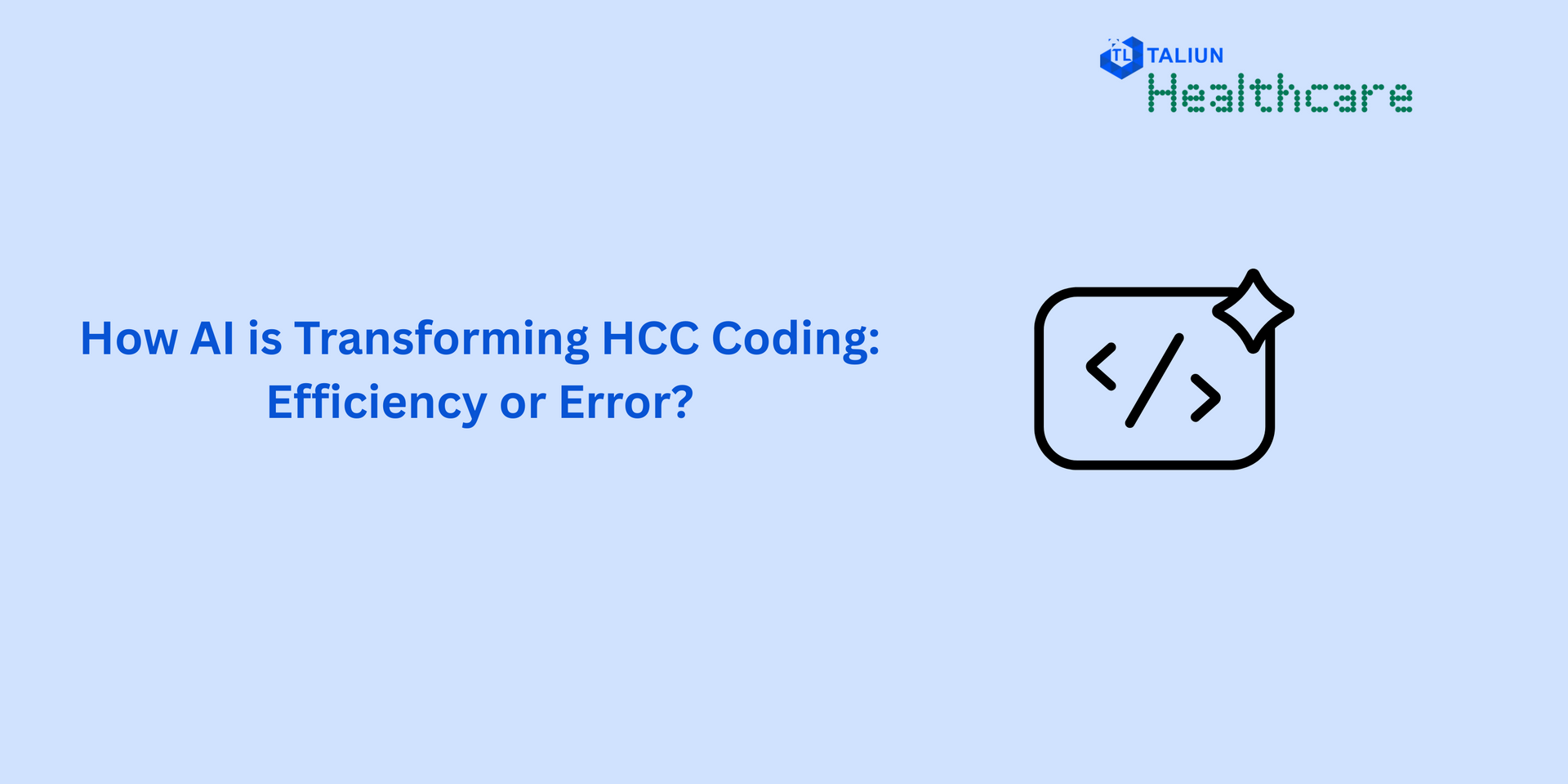Building Robust Speech to Text AI Feature into Your EHR: Advantages, Disadvantages, Considerations, and the Build vs. Buy Decision

Electronic Health Records (EHRs) are pivotal in the digital transformation of healthcare, and the integration of Speech to Text (STT) AI features is set to elevate their functionality further. STT technology can streamline documentation processes, improve record accuracy, and enhance user satisfaction. However, when considering the incorporation of STT AI into EHR systems, healthcare organizations face a critical decision: build a custom solution or buy a ready-made product. This blog explores the advantages, disadvantages, and considerations of STT AI in EHRs, along with insights into the build vs. buy dilemma, highlighting notable solutions like Suki.ai, Augnito, and Nuance Dragon.
Advantages of Integrating STT AI into EHRs
Enhanced Efficiency: Directly dictating notes into the EHR can significantly save time and reduce the burden of manual data entry.
Accuracy and Completeness: STT AI can capture nuances and details that might be overlooked during manual documentation, leading to richer patient records.
Accessibility: STT AI makes EHRs more accessible and user-friendly, particularly for those with disabilities or those who find typing challenging.
User Satisfaction: Simplifying the documentation process can improve the overall satisfaction of healthcare providers with EHR systems.
Disadvantages of Integrating STT AI into EHRs
Recognition Errors: Speech recognition technology is not perfect and can be influenced by accents, speech impediments, and ambient noise.
Privacy and Security Risks: Implementing STT AI raises concerns about the confidentiality and security of sensitive patient data.
Initial Investment: The costs associated with purchasing or developing STT AI, along with training staff, can be significant.
Technology Dependence: Overreliance on STT AI may pose challenges if the system experiences downtime or inaccuracies.
Considerations for Integration
Technology Selection: Opt for an STT AI solution designed for healthcare, capable of understanding medical terminology and adapting to user preferences.
Training and Support: Ensure healthcare professionals are well-trained and supported in using the new system.
Performance Monitoring: Regularly assess the system's accuracy and user feedback to identify improvement areas.
Privacy and Security: Implement stringent security measures to protect voice data and ensure compliance with regulations.
The Build vs. Buy Decision
When contemplating the integration of STT AI into an EHR system, healthcare organizations must weigh the benefits and drawbacks of building a custom solution versus purchasing an off-the-shelf product.
Building a Custom Solution
Advantages:
Customization: Tailor the solution to meet the specific needs and workflows of your organization.
Integration: Seamlessly integrate the STT AI feature with existing EHR systems and workflows.
Control: Maintain full control over the development, updates, and security of the software.
Disadvantages:
Cost: Developing a custom solution can be significantly more expensive than purchasing a ready-made product.
Time: The development process can be lengthy, delaying the benefits STT AI can offer.
Resource Intensive: Requires a dedicated team for development, maintenance, and support.
Buying a Ready-Made Product
Advantages
Speed: Quickly implement an STT AI feature without the lengthy development time.
Cost-Effectiveness: Often more cost-effective in the short term compared to developing a custom solution.
Proven Reliability: Leverage the expertise and experience of established providers like Suki.ai, Augnito, and Nuance Dragon.
Disadvantages:
Limited Customization: Off-the-shelf products may not perfectly align with your organization's specific needs.
Dependency: Rely on the vendor for updates, support, and maintenance.
Notable Solutions
Suki.ai: Offers a voice-enabled AI assistant designed specifically for healthcare, promising to reduce the burden of clinical documentation.
Augnito: A cloud-based speech recognition software, built with a focus on medical vocabulary and accuracy.
Nuance Dragon Medical: A widely recognized solution, known for its high accuracy and deep integration capabilities with various EHR systems.
Conclusion
The decision to build or buy an STT AI feature for EHRs is complex and depends on various factors, including budget, timeline, technical capabilities, and specific organizational needs. While building offers customization and control, buying can provide speed and cost-efficiency. Solutions like Suki.ai, Augnito, and Nuance Dragon represent the advancements in ready-made STT AI technology, offering compelling options for healthcare organizations looking to enhance their EHR systems. Regardless of the choice, the integration of STT AI into EHRs stands as a forward-thinking move towards more efficient, accurate, and user-friendly healthcare documentation.




